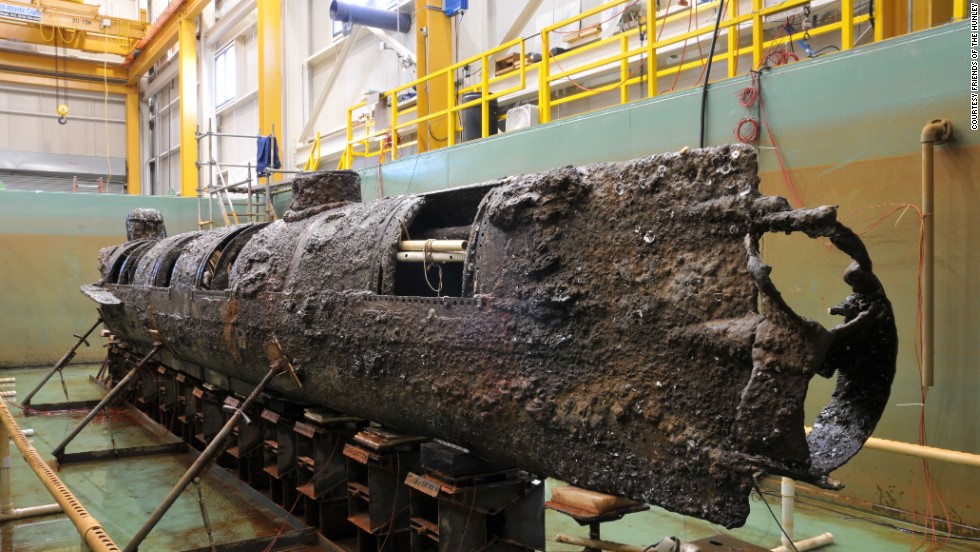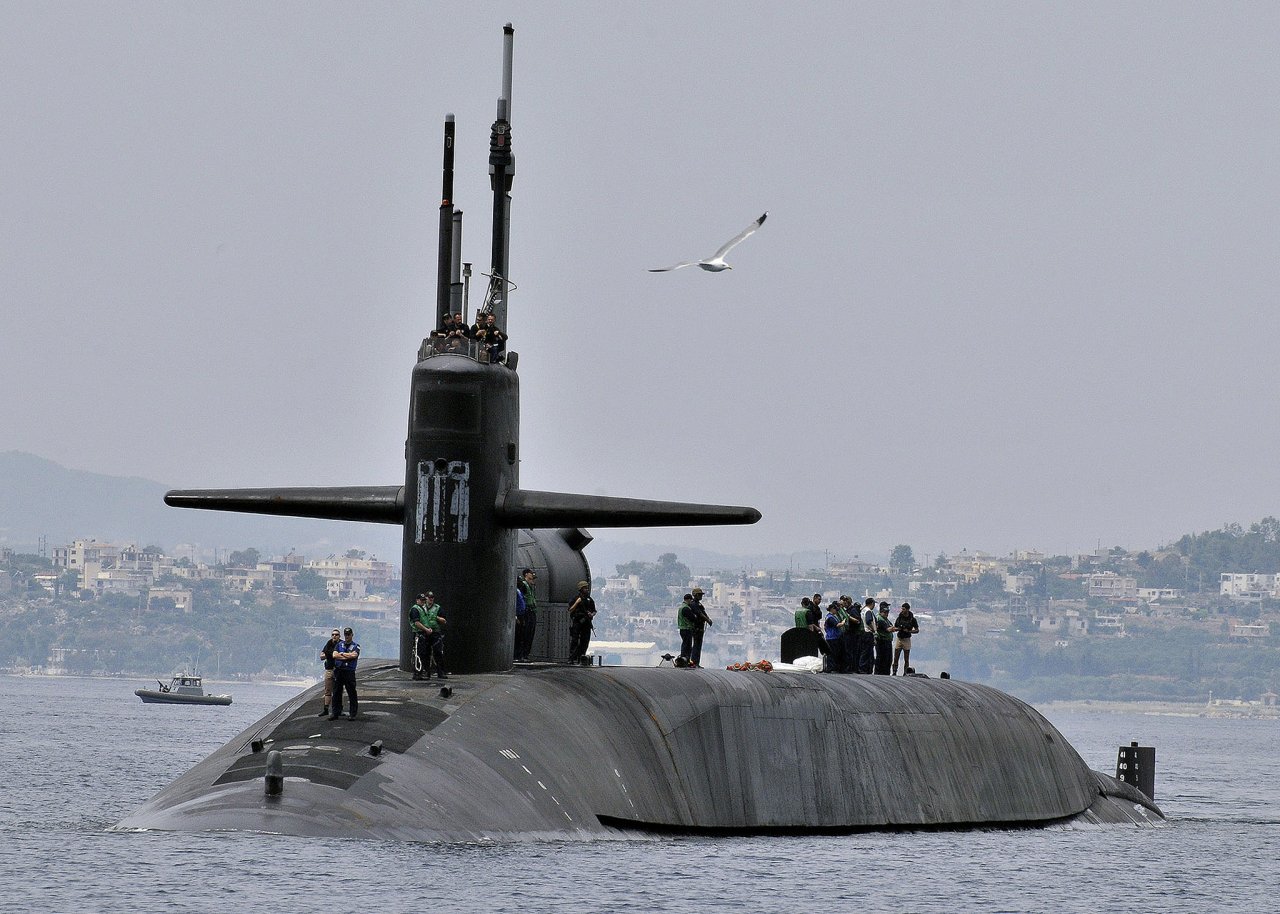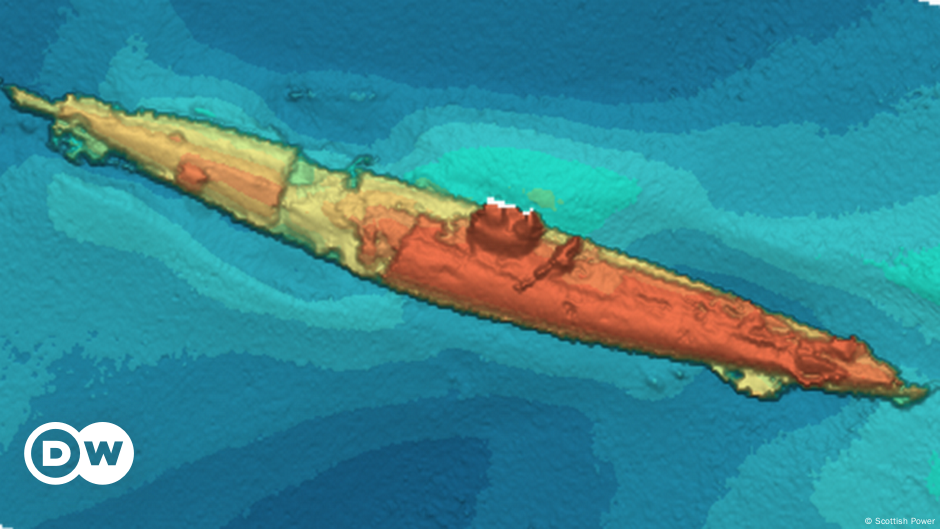

When the submarine had gone missing, defence experts had revealed that the submarine KRI Nanggala 402 had only 3 days of oxygen supply which was likely to run out by Saturday. Although the government hadn’t declared the crew dead at that time, the expectation of finding them alive was quite bleak. Earlier on Saturday, the Indonesian government had declared the submarine sunk not just missing. The wreckage had been located on the ocean floor by the search team on Sunday. All the 53 crew members are reportedly dead. And at that depth, there could be no survivor.

The submarine that went missing last week, is believed to have broken apart on hitting the ocean floor. As it turned out, the German ship died in the same German minefield as the M-96.Indonesian Navy has declared that the missing Indonesian submarine has been found on the ocean floor. It is noteworthy that a German small minesweeper R73 was discovered 120 meters from the M-96 wreck, which was blown up by a mine and sank on June 14, 1944. More precisely, it ended in July 2019, when honors were given to the crews of the boats Shch-302 and Shch-308. The discovery of the M-96 in the Gulf of Finland in the territorial waters of Estonia means that there are no unidentified Soviet submarines left within the borders of Russia, and in fact the submarine war in this area is over. Together with the submarine, 22 crew members were killed. Submarine M-96 was the only submarine lost by the Baltic Fleet in 1944. It was at this time that a German submarine, located in Narva Bay, recorded a mine explosion with its hydroacoustics. A mine explosion occurred under the bow of the boat, breaking the hull.Īccording to the Russian historian Miroslav Morozov, based on an analysis of German documents, it can be assumed that the M-96 most likely died on Septemat 3:48 am. The engine telegraph on the bridge indicates the command “Full Ahead”, the rudder is turned to the right, the upper conning tower hatch is open.

Inspection showed that the submarine died on the surface, probably during the night charging of batteries,” Bogdanov said. “The submarine lies in the northern part of Narva Bay, at a depth of 42 meters. At the same time, the boat was able to pass unnoticed by the German submarines on duty in the Narva Bay.

The boat crossed all the minefields, entered the area of the recommended position and began to perform the combat mission. The characteristic features and details of mine protection confirmed that the submarine found was M-96. The hull of the boat was not found, and the search continued together with the Estonian search engines from the Maxstar Expedition team, who found an object similar to a submarine with their sonar. The reconnaissance and diving team searched for the M-96 in the territorial waters of the Russian Federation for more than three years, suggesting that the boat had perished in the Seeigel minefields. The boat was supposed to overcome the German Seeigel minefield and conduct reconnaissance in the Narva Bay.Īfter leaving the sea, the M-96 did not get in touch anymore, and all these years it was considered missing. On its seventh and last military campaign, the M-96 left on Septemunder the command of Lieutenant Commander Nikolai Kartashov. The combat missions of the “baby” mainly consisted of conducting reconnaissance at enemy bases and landing scouts behind enemy lines. M-96 fought in the Baltic since 1941 and participated in all the Baltic Fleet campaigns, even having time to make a military campaign to Lake Ladoga. The first boat commander was the legendary Alexander Marinesco. “In the period July 10-13, the reconnaissance and diving team, together with the Estonian search team Maxstar Expedition, with the support of Sevmash, the Presidential Grants Fund and Transneft, conducted an expedition, which resulted in the discovery of the M-96 submarine,” Bogdanov said. MOSCOW (Monitoring Desk): An international expedition found a Soviet submarine M-96 that was lost in 1944 at the bottom of the Baltic Sea, expedition member Konstantin Bogdanov told RIA Novosti on Tuesday.


 0 kommentar(er)
0 kommentar(er)
